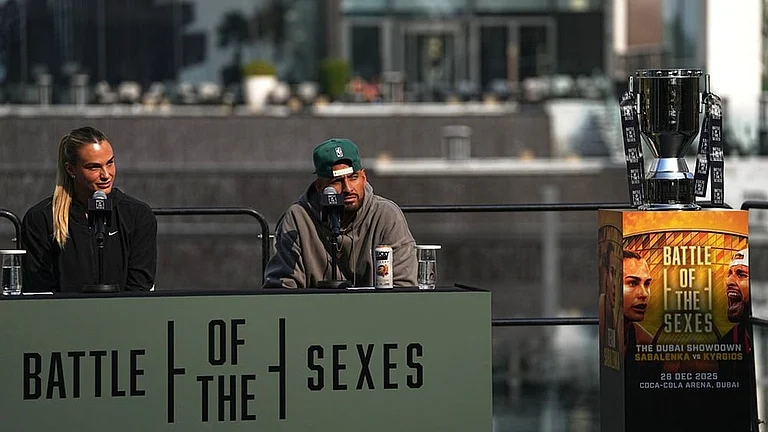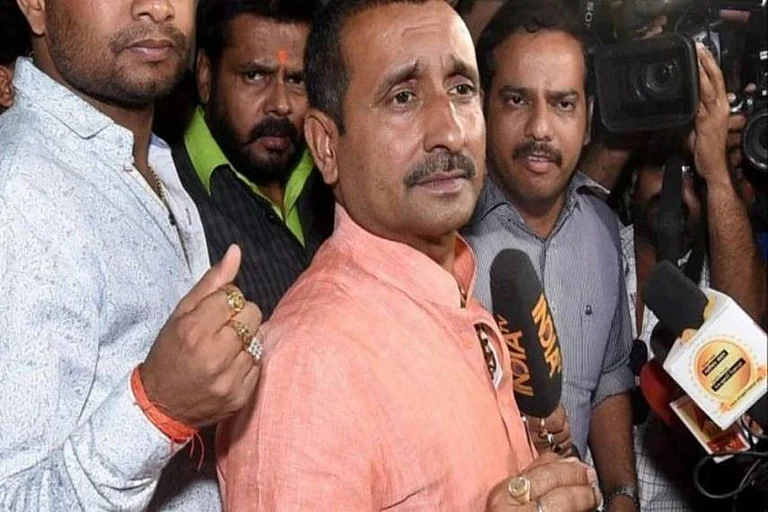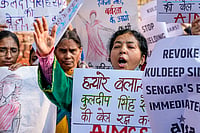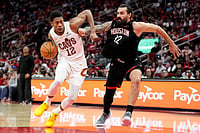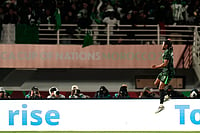Outlook to me is a piece of nostalgia, part of a legend of journalism. When The Illustrated Weekly died, the reader was bereft till India Today was published. Yet India Today by itself felt half empty and gods of journalism created Outlook. A cynic once described them as the Time and Newsweek of Indian journalism. As a metaphor it was apt; as history, it was misleading. These two magazines created a great jugalbandi of difference and complementarity, embodied not just in the style of editors Vinod Mehta versus Arun Purie, but in the fact there were two different cosmologies of the literary, the ethical, the political. They used different lenses whether to look at politics or even write a book review.
I preferred Outlook. It reminded me of M.J. Akbar’s Sunday and the early Tehelka. If India Today covered a nation-state, Outlook to me was more urban and urbane, it captured the mindsets of the city. India Today had a gentler gossipy palate, Outlook probed, interrogated. I felt it was more true, it smelled of authenticity. It was journalism that took news seriously. Outlook had place for mainstream but you felt it had empathy for the eccentric and marginal. It had a more elegant sense of economy, a deeper sense of the classic. In Outlook news was still bigger than the journalist. It produced the best reports on the Muzaffarnagar riots when there was little good reporting on it. As truth-teller if not story-teller, Outlook claimed one’s attention.
For me, the litmus test was how a magazine looked at Narendra Modi. Outlook was restrained. It understood that he was evil and yet it was clinical in the way it tracked his rise to power. It was not adulatory, nor hagiographic and yet it had a sense of inevitable. It understood populism had its own logic that history must try to understand. Sometimes restraint and dignity adds to the palette of truth and this Outlook had in good measure.
The second test of a magazine is its second half. I think there is more politics and story-telling in the second half of a magazine as it explores culture, ecology, violence, music and books. I loved the second half of Outlook. I must confess I sometimes avoided the first half of most journals. I felt the first half of magazines were all lens, while in the second, the mirror and the kaleidoscope took over. The second half of Outlook was “paisa vasool”, value for money. As a Tamil friend of mine said “If Hindu produced a journal, it would be like Outlook”. It had perspective. Outlook allowed the reader some intelligence of thought. I always felt a magazine had to be a combination, an aesthetic blend of judgement and anger. Aesthetics demanded that it understands the popular without being populist and anger demanded that it responded with care to the idiocy, violence and care around it. Outlook does this even today but I find its investigative stamina is lower. It seems to have shrunk into itself, behaving like a tree that has known better times or better economics. I am grateful it caught the politics of the scream, the poignant anger of the times better than any journal. I hope it can sustain it. That is a trusteeship it cannot ignore.
Public intellectual and social scientist
Outlook invites readers to take part in its 20th anniversary celebrations. Send us your bouquets and, more importantly, your brickbats. E-mail your entry to editor [AT] outlookindia [DOT] com








